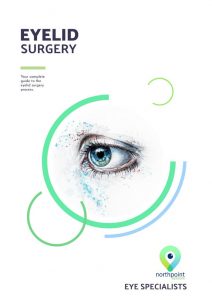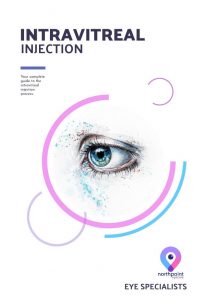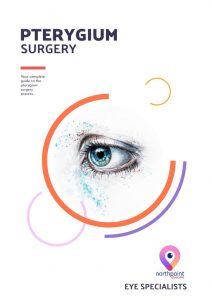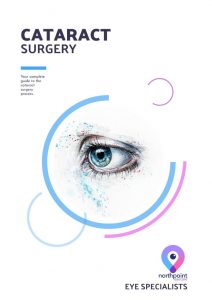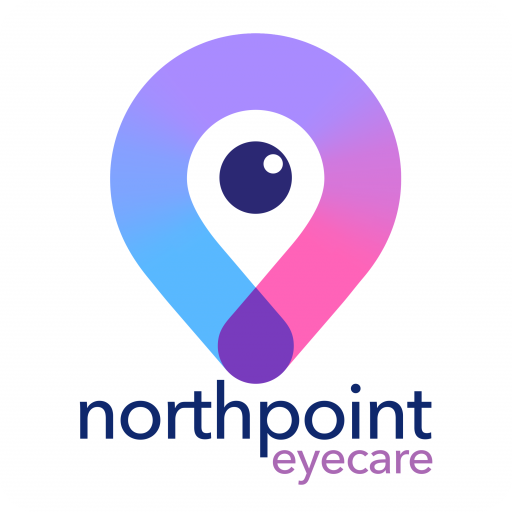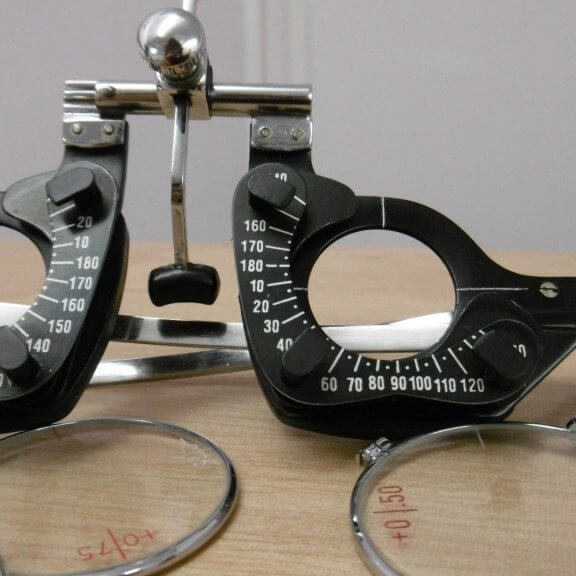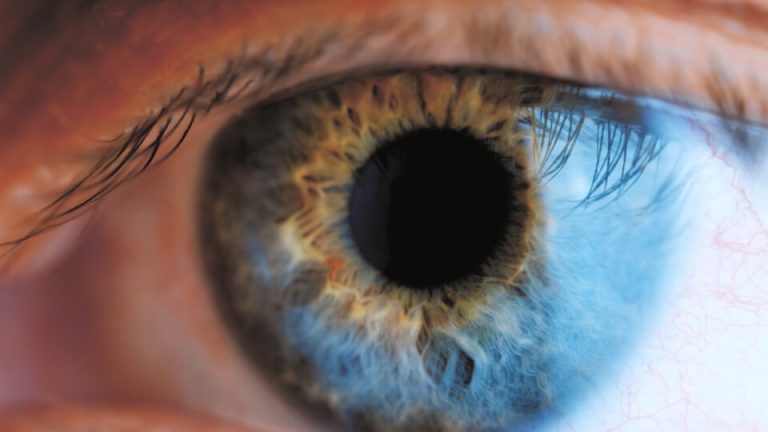Pterygium information
What is a Pterygium?
Pterygium comes from the greek word Pterygos: meaning little wing. It is a wedge-shaped or insect wing shaped, vascular fleshy growth that originates in the conjunctiva, with growth over the surface of the cornea.
How common is a pterygium?
Pterygium is more common in people who live in hot or dusty climates, or in those with high ultraviolet (UV) exposure, such as surfers or those who work outdoors.
What causes a pterygium?
Several processes can cause pterygium. The main one is ultraviolet exposure or sun damage. However, other factors may contribute, like inflammation in the conjunctiva or a deficiency of cells at the edge of the cornea, which may have a genetic component.
Different types of pterygium?
Pterygia mostly affect the side of the eye towards the nose. However, they can affect the other side of the eye, towards the ear, and sometimes even both sides of the eye. Sun damage can also cause surface cancers on the eye, which your ophthalmologist will distinguish from a pterygium. Other conditions can mimic a pterygium, like scars, calcium deposits or cysts of the conjunctiva.
Pterygium diagnosis and surgery
How is a pterygium diagnosed?
Once your pterygium advances across the cornea, it can affect your vision and you will start to have symptoms of a blur, frequent spectacle prescription changes, pain, irritation and redness.
Your ophthalmologist at Northpoint Eye Care will undertake a comprehensive examination of your eye to determine if a pterygium is the main cause of your visual problem. This will include visual acuity testing, intraocular pressure testing, slit lamp examination including photography of your eye, and assessment of the health of the retina, particularly the macula.
How is a pterygium treated?
Not every pteryium will need treatment. The main reasons for surgery are large size or growth of the ptreygium, which can cause astigmatism and blurred vision, especially if the pterygium grows near or across the pupil. Surgery is also indicated if the pterygium is symptomatic or a cosmetic concern. This depends on how the symptoms affect your lifestyle. We take care to discuss this with you to determine the need for treatment, compared to the small risk of surgery.
Removal of the pterygium and replacement with an autoconjunctival graft, is a highly successful surgical treatment performed by our ophthalmologists. There are numerous techniques for doing this, however, our surgeons excise the pterygium over a wide area with a large autoconjunctival graft. This technique reduces the main risk of surgery, recurrence, down to less than 1%. Surgery is performed as day surgery, most commonly with a general anaesthetic for your comfort. Surgery is also possible with local anaesthetic and twilight sedation.
Pterygium surgery process
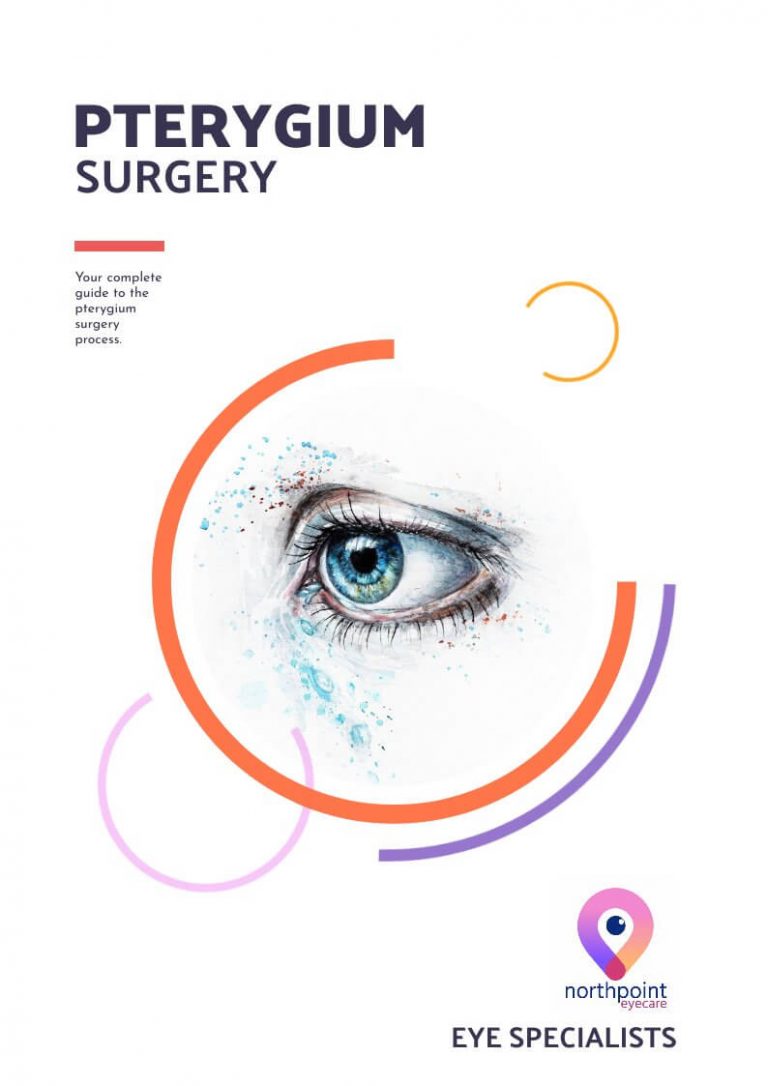
Pterygium surgery can be a daunting procedure. We have provided a comprehensive booklet on the pterygium surgery process. This covers what happens before your surgery, on the day of your surgery and after your surgery. The answers to frequently asked questions are provided.
This information has been provided to guide you through the surgical process. It is important that you read and understand all the details provided. If you have any questions please feel free to ask, we value that you feel comfortable and well informed about your procedure.
NORTH LAKES DAY HOSPITAL
- 7 Endeavour Boulevard, North Lakes Qld 4509
- Tel: 07 3833 6755
- Fax: 07 3491 3614
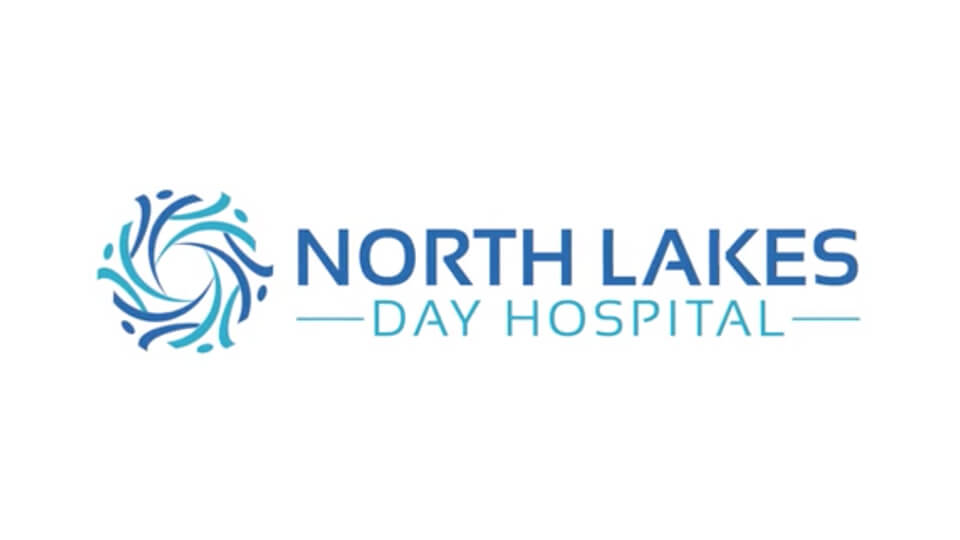
Links
Share:
E-BOOKS
